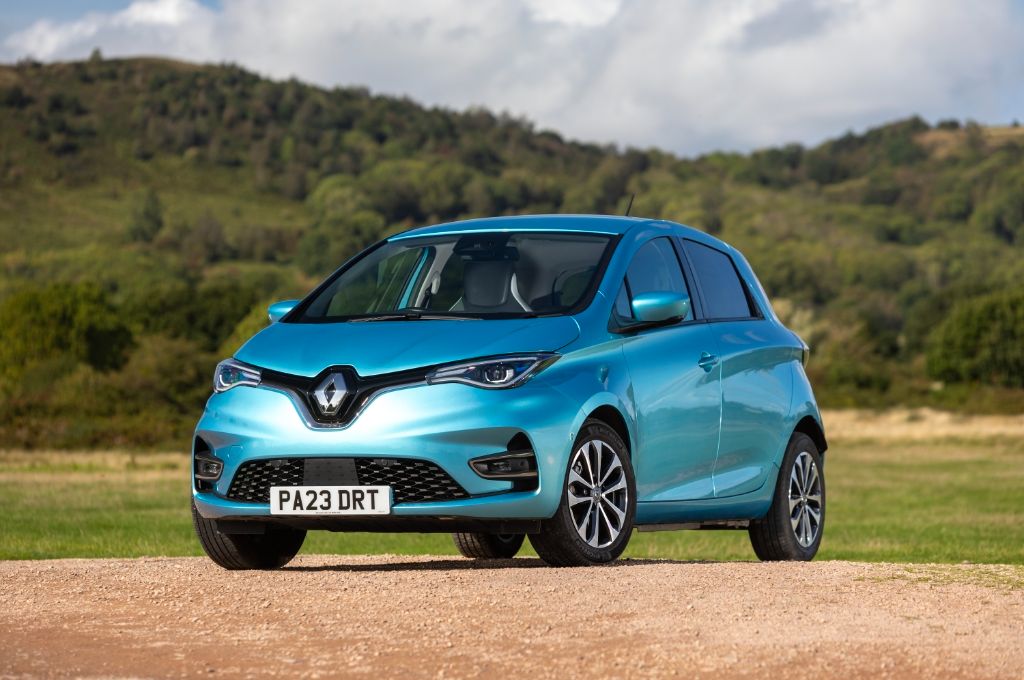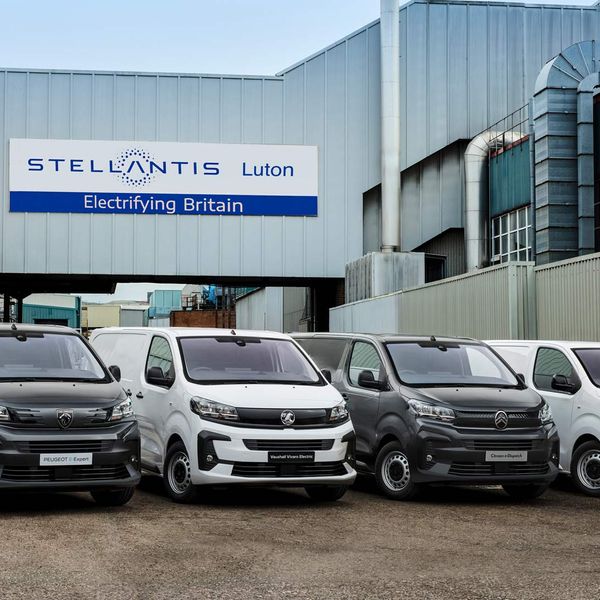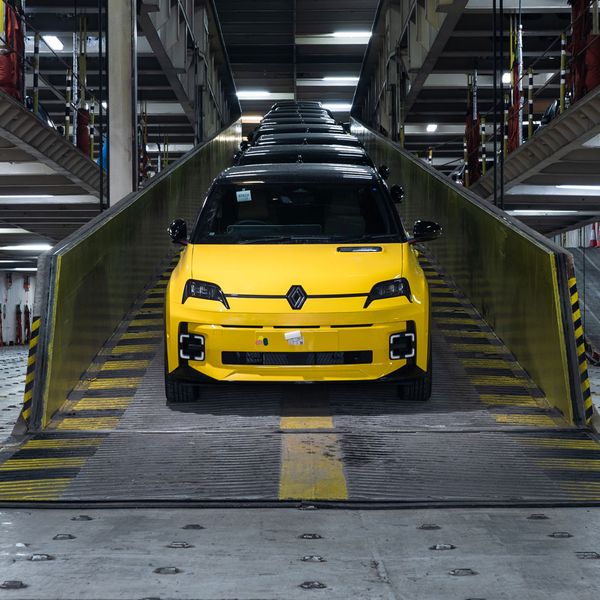Electric cars all have big battery packs, of course. That’s what powers the car, and the size of the battery directly affects the range that you can drive in between charges.
However, you may have noticed that some electric cars are now arriving with lithium-iron phosphate - more commonly known as ‘LFP’ - batteries. This is a different sort of battery chemistry to the lithium-ion NMC batteries that are still the most common type of battery in electric cars.
It’s not so much a case of which one’s best, though. It’s more a case that both are great, and have different benefits. Here’s everything you need to know about these two different kinds of electric car batteries:
Lithium-ion NMC
Pros
- More range from a lighter battery
- Faster charging speeds
Cons
- Expensive to produce
- Relies on hard-to-source metals
This is the type of battery that has been used in most electric cars, right the way back to the original Nissan Leaf that arrived in 2011. Often referred to as li-ion, the ‘NMC’ part references the nickel, manganese and cobalt that are the main metals used in the battery chemistry. There are, of course, many different takes on this lithium-ion NMC battery chemistry from different manufacturers. But, ultimately, it’s all the same basic battery chemistry, and it’s evolved and improved a lot over the last decade and more.

Just look at the Renault Zoe, which uses lithium-ion NMC batteries. When it arrived in 2012, Renault could only fit in a 22kWh battery pack, which weighed 280kg and provided a real-world range of around 80- to 90 miles. By the time it went off sale, the batteries had become smaller and more efficient, so Renault has managed to squeeze in a 52kWh li-ion battery into the same small car, for a real-world range of 200-220 miles. And because the battery tech has improved so much, it only weighed 30kg more than that original 22kWh pack.
This is the benefit of lithium-ion NMC batteries, which are very energy dense. Basically, they hold a lot of energy and deliver the best possible driving range per kilogram of battery.
However, they’re expensive to produce and rely on a number of metals that are hard to source, which makes them environmentally very damaging, not to mention expensive. It’s also best to keep li-ion NMC batteries functioning between 20- and 80% state of charge on a routine basis, as charging to 100% every day or letting the battery run right down to below 10%, can speed up the battery degradation.
Having said that, the majority of modern electric cars use this lithium-ion battery technology, and it has proven to be very durable. A lithium-ion NMC battery will very likely outlive the car itself, and (in average daily use) will lose around 10- to 15% of its performance every 10 years and 100,000 miles. Just check out our video on a 260,000 mile Tesla Model Y for an example of a brilliant high-mileage EV!
Lithium-iron phosphate LFP
Pros
- Cheaper to produce
- Relies on more common metals
Cons
- Heavier than li-ion NMC
- Slower to charge in very cold weather
This is the other common battery technology that you find in electric cars. You may also see them described as lithium-ferro phosphate, or as lithium-iron phosphate, but it’s basically different names for much the same ‘LFP’ battery chemistry.
It’s used in the shorter-range versions of the MG4, Volvo EX30 and Tesla Model 3, as well as in the Dacia Spring, Citroen e-C3 and in all BYD models. It’s actually not new technology at all; LFP batteries have been in widespread use in plant machinery and other commercial installations for much longer than lithium-ion NMC batteries have been in electric cars.
The good thing about LFP batteries is that they’re cheaper to produce than lithium-ion NMC, and they use more widely accessible metals. They don’t use cobalt at all, which is one of the rarer and more environmentally damaging metals to source, so reducing dependance on it is only ever a good thing.
The downside is that LFP batteries are less energy-dense than lithium-ion NMC batteries, meaning that they don’t typically deliver as much range per kilogram of battery. This is why LFP batteries are generally used in more affordable, and shorter range electric cars.
The only other downside to LFP batteries is that their charging speeds are more affected by very cold weather. So, if it’s freezing temperatures and you need to rapid charge your LFP electric car, you may find that it takes longer than usual.
However, it’s worth pointing out that BYD’s progress with LFP batteries shows that the technology may become appropriate for longer range cars, too. After all, BYD’s patented ‘Blade’ LFP batteries – which have a different cell layout to any other LFP battery – deliver similar range per kWh of battery to rival cars with lithium-ion NMC batteries. So, watch this space when it comes to LFP batteries, because they’re becoming even more widely used in electric cars, especially with new brands such as Omoda, Leapmotor, XPeng and others.
And that’s no bad thing, as it's great to reduce our dependence on metals like cobalt, and LFP batteries have a good reputation for durability and longevity. In fact, research shows that LFP batteries tolerate repeated rapid charging better than lithium-ion NMC, and are less sensitive to being fully charged and discharged. Tesla even recommends that the LFP-powered Model 3 is charged to 100% at least once a week, for the health of the battery.
You can expect an LFP battery to retain similar – if not better – lifetime performance and longevity to a lithium-ion NMC battery.
Conclusion
Basically, you don't need to worry about either of these mainstream battery types - whether you're buying used or new. Both offer advantages, and are well established, tried-and-tested technologies. Just try to make sure that the car you're considering has got enough real-world range to cover your daily needs even after the battery has degraded a little over time (a range loss of roughly 1.5 - 2% each year is fairly typical regardless of the battery type), and you'll be set for decades to come.













